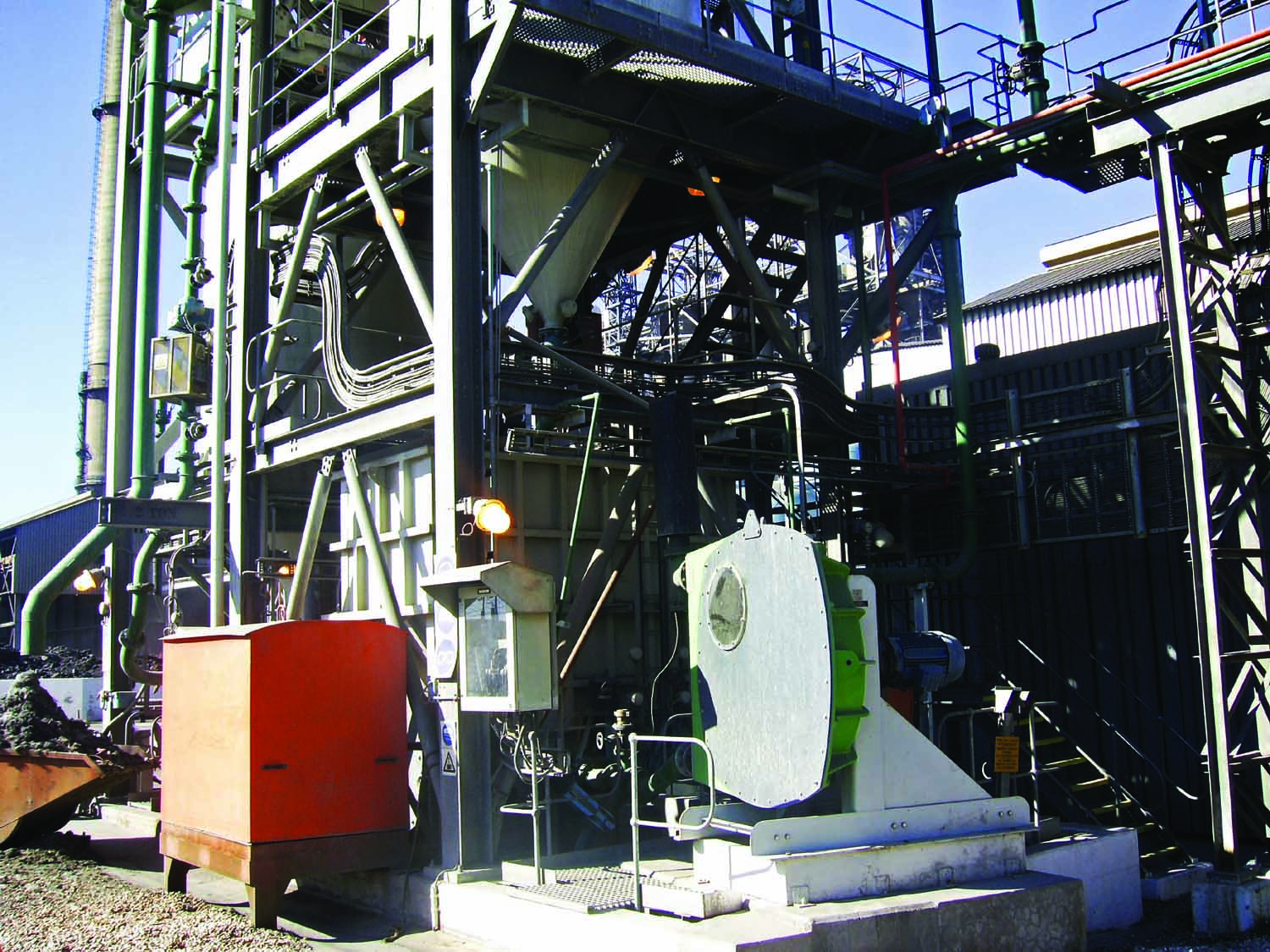Why You Should Pump Slurries with a Peristaltic Pump
Hose pumps can circulate slurry SGs of 1.6 to 1.8 or up to 80% solid content. The traditional centrifugal pump loses efficiency when the slurry SG reaches 1.3 or 30% solids.

With this limitation, slurry pumps have significant process water demands : on a plant processing 70 tonnes of ore per hour, every time a hose pump replaces a process slurry pump, it saves over 1,000 Million litres of water annually because of the slurry pump’s inefficiency : on the same duty, the hose pump requires less than ⅓ of the process water of a slurry pump
On the same 70 ore tonnes per hour plant, on thickener underflow duty at full flow, a VF125 hose pump absorbs around 20 kW whereas a slurry pump needs over 45 kW : a saving of over 50%. This directly translates into reduced electrical requirements. Power rationing is a concern for many established mines, on new developments the infrastructure costs to import power can be considerable and can even cause significant delays and generate considerable non-mining environmental opposition
There is also a significant economic case – in the above example, the hose pump reduced annual operating power demand by over 200 MWh
Pulp density is critical to optimum plant performance, an increased solid content can reduce the number of post thickening filter stages, saving on the initial capital cost and reducing the footprint of mineral processing operation.
Many mineral recovery processes use Cyanide based leaching techniques especially where Gold is a key mineral. Cyanide has many adverse environmental consequences including polluting the land surrounding the plant, contaminating aquifers and decimating life in water courses. The traditional dosing solution, progressing cavity pumps have integral seals requiring regular replacement and representing a clear leakage risk. Peristaltic pumps are seal-less and consequently, have a much lower contamination risk.
The peristaltic pump has a very gentle pumping action that minimises damage to fragile cell cultures in bio-oxidation reaction techniques. One such requirement , the Biox (R) process that uses a live culture to free gold from sulphide ores, reducing Cyanide usage and improving process yields.
A peristaltic pump’s gentle low shear pumping action maintains particle size minimising the use of flocculent and other process reagents. Conventional high shear technologies such as progressive cavity or screw pump significantly increase reagent usage increasing operating costs and raising post processing costs due to flotation reagent carryover. Similarly, residual reagent can increase the waste remediation cost or increase the environmental damage from tailings dams or their resultant groundwater pollution.
Slurries are often acidic and or highly abrasive. Consequentially, conventional slurry pumps use impellers made from increasingly expensive and non standard materials with service lives that are measured in days.
In contrast, on a peristaltic pump, only the rubber hose is in contact with the pumped liquid and as the ultimate rubber lined pump, service life is measured in months, reducing pump downtime and as the hose can easily be changed in situ, maintenance hours are similarly reduced.
To pump highly acidic slurries, hoses are made from several standard elastomers, each proven in the mining environment to withstand process chemicals and avoiding the use of expensive exotic metal impellers.
CONTACT
Paul Dale
Verder Ltd
paul.dale@verder.co.uk
www.verderflex.com
+44 (0) 1924 221020



